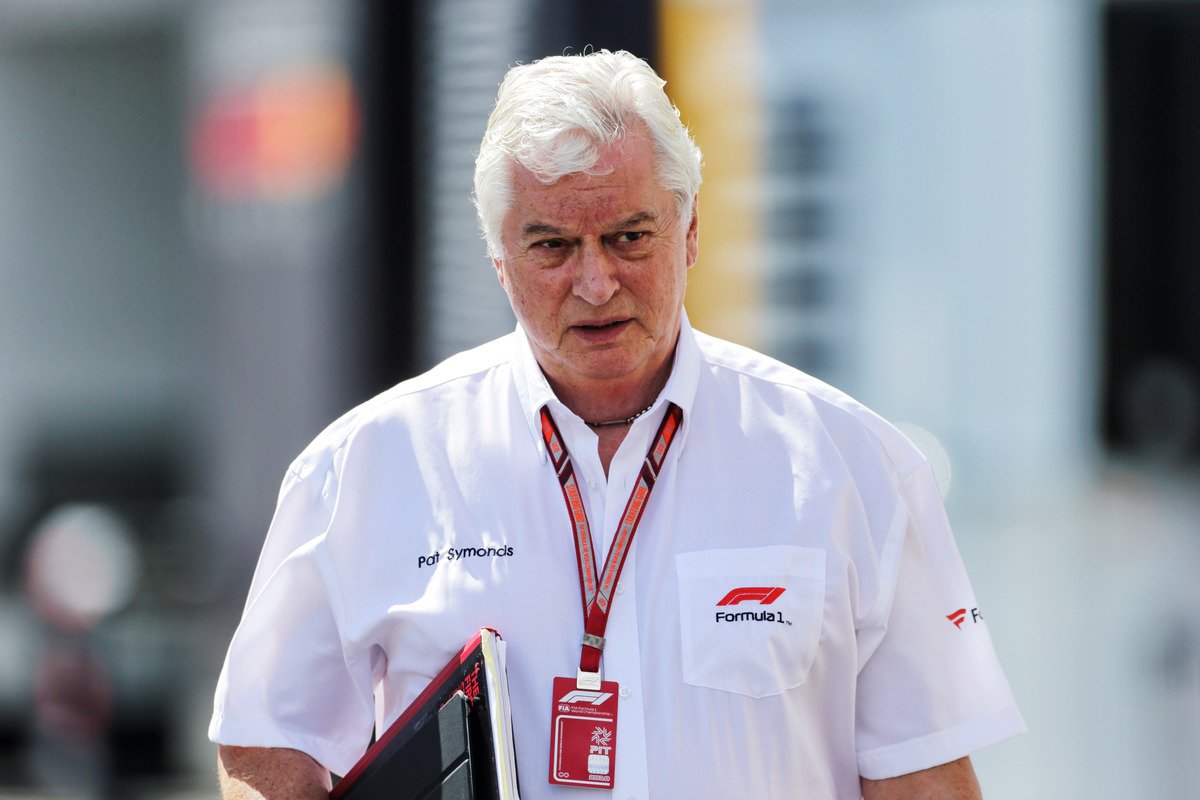

Symonds’ departure from Formula 1 ends a seven-year stint in the role where he was a key figure in the development of the regulations rules in recent years.
That he’s elected to join Andretti Cadillac is a curious development.
Andretti had its bid to join the championship for 2025 blocked by Formula 1 Group in January.
F1 Group assessed the entry and determined that it did not present commercial value and noted the challenges it faces in becoming competitive.
Its rejection followed the FIA endorsing its submission through the expressions of interest process, which attracted three other applications.
Hitech, Rodin, and Lky Sunz were all rejected for either technical or financial reasons (or both).
However, the FIA is not the sole gatekeeper to the grid as, under the regulations, there must be approval from the commercial rights holder.
“We couldn’t be more excited to welcome Pat to the Andretti family,” said Andretti Global Chairman & CEO Michael Andretti.
“Pat’s keen understanding of aerodynamics, vehicle dynamics and Formula 1 power units will be instrumental as we continue to build a competitive team.
“I believe his expertise has been pivotal in shaping the narrative of Formula 1and his vote of confidence in joining our effort speaks volumes.
“I’m really happy with this next step as our work continues at pace.”
Despite not receiving the go-ahead, Andretti has continued to work on its F1 programme.
That has included the opening of a 40,000-square-foot facility in Silverstone, with plans to move into another 70,000-square-foot building.
Symonds’ switch from Formula 1 Group to Andretti could therefore be read to mean he disagrees with the team’s inability to secure a place in the championship, and his belief that it warrants entry.
A former engineer, Symonds worked with Michael Schumacher and Fernando Alonso at Benetton. He was also embroiled in the 2008 Crashgate saga.
He’s been the sport’s chief technical officer since March 2017.
In that role, he’s worked with the teams and FIA in developing the current generation of regulations aimed at improving the on-track spectacle.
He’s also been involved in the creation of the next generation of chassis and power unit rules, and the development of sustainable fuels that F1 will use from 2026.
With work on the 2026 regulations now all but complete, it marks an ideal opportunity to step away from the role.






















Discussion about this post